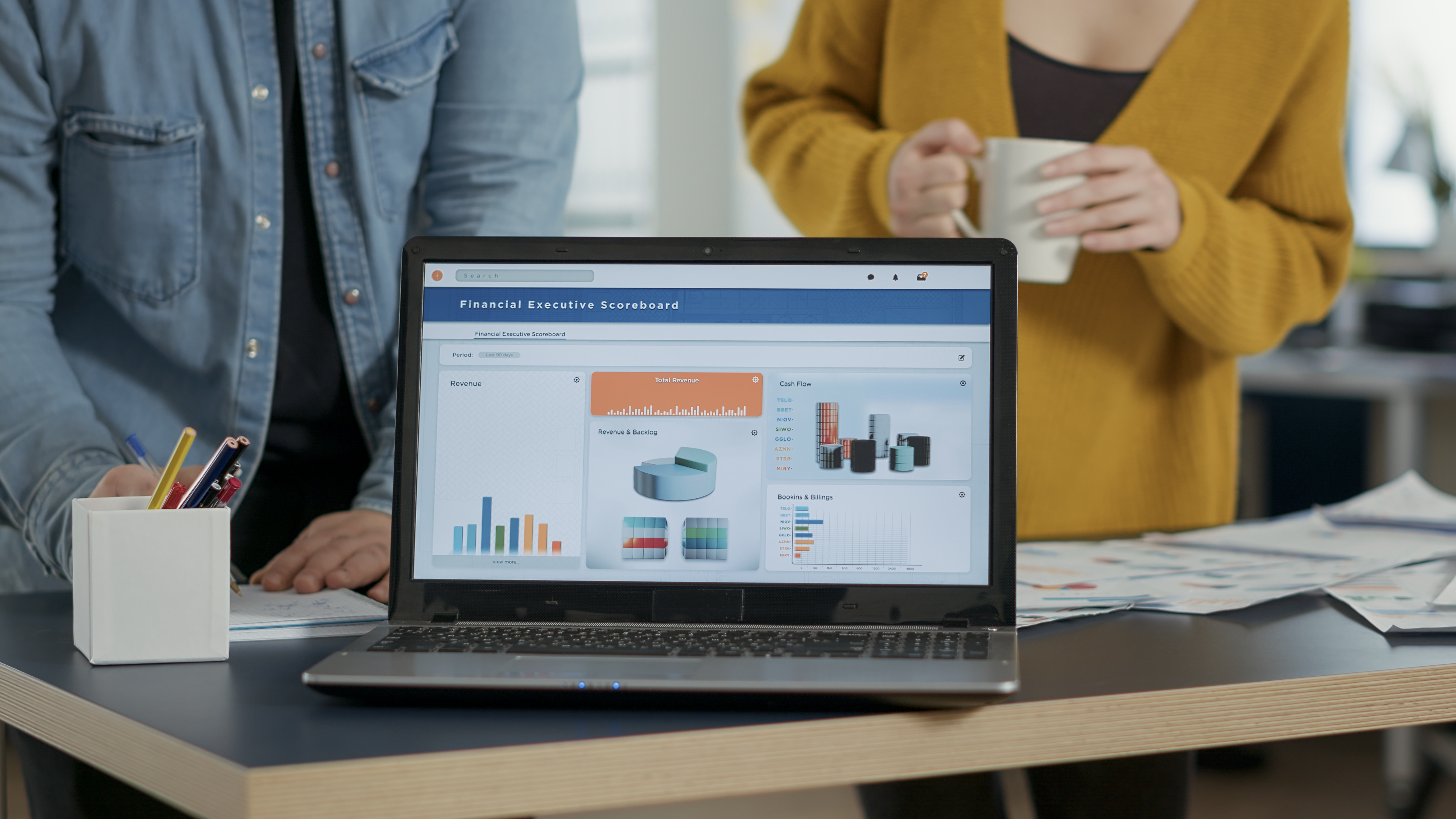What Is a Resource Management Tool?
Resource management is a critical component of any project, ensuring that tasks are completed efficiently by properly allocating resources such as personnel, time, and finances. A resource management tool helps organizations manage these resources effectively, minimizing waste, maximizing productivity, and keeping projects on track. This tool is essential for businesses of all sizes to optimize their operations and prevent overburdening team members.
In this article, we will explore what resource management tools are, their key features, and how they contribute to the success of project management.
Key Features of a Resource Management Tool
- Resource Allocation
A resource management tool enables you to allocate the right resources (people, equipment, or finances) to the right tasks at the right time. This helps avoid over-allocation or under-utilization of resources.
- Example: Assigning team members based on their availability and skill set.
- Example: Assigning team members based on their availability and skill set.
- Resource Scheduling
One of the most critical aspects of resource management is scheduling. A tool helps in scheduling resources across multiple projects, preventing conflicts and ensuring deadlines are met.
- Example: Tracking employee availability to avoid double booking or overworking staff.
- Example: Tracking employee availability to avoid double booking or overworking staff.
- Time Tracking
Resource management tools often integrate time-tracking features to monitor how much time is spent on various tasks. This helps in understanding workloads and adjusting schedules for better efficiency.- Example: Recording the hours worked by each team member on a specific project.
- Example: Recording the hours worked by each team member on a specific project.
- Budget and Cost Management
A resource management tool provides insights into how financial resources are being allocated. It helps track expenses, preventing budget overruns and ensuring financial health throughout the project lifecycle.
- Example: Monitoring project expenses and tracking costs in real time.
- Example: Monitoring project expenses and tracking costs in real time.
- Forecasting and Reporting
Forecasting tools allow project managers to predict future resource needs and adjust plans accordingly. Reporting features provide a clear overview of resource usage, performance, and potential bottlenecks.
- Example: Generating reports to analyze resource utilization trends.
Benefits of Using a Resource Management Tool
- Increased Efficiency
By having a centralized system for managing resources, organizations can optimize resource usage and eliminate inefficiencies. This ensures that resources are not wasted and projects stay on schedule.
- Improved Communication
Resource management tools promote better communication between team members and stakeholders, ensuring that everyone is aware of resource constraints and project needs.
- Better Decision-Making
With clear insights into resource availability and performance, managers can make informed decisions to avoid overloading employees and ensure project success.
- Optimized Workload Distribution
These tools allow managers to evenly distribute workloads across team members, preventing burnout and improving overall productivity.
- Cost Control
By closely monitoring resources, including financials, businesses can prevent cost overruns and maintain their project within budget.
Popular Resource Management Tools
- Vabro is an all-in-one project management platform that offers powerful resource management capabilities. It helps teams track resources across multiple projects, providing real-time insights into resource allocation, time tracking, and financial management. Vabro is highly customizable, allowing it to fit the specific needs of any team or industry.
- Key Features: Resource allocation, time tracking, budget management, and integration with third-party tools.
- Key Features: Resource allocation, time tracking, budget management, and integration with third-party tools.
- Wrike
Wrike offers a robust resource management tool that allows you to allocate resources, manage timelines, and forecast future needs. Its reporting features provide deep insights into project performance and resource utilization.
- Monday.com
Monday.com allows teams to manage resources, track time, and schedule tasks with a visual, user-friendly interface. It is ideal for small and medium-sized teams looking for simplicity and flexibility.
- Asana
Asana’s resource management features help teams manage workloads, allocate tasks, and monitor progress. Its straightforward approach makes it easy for teams to stay organized and on track.
Why Vabro Stands Out
When it comes to managing resources effectively, Vabro offers an all-encompassing solution that not only handles resource allocation but also integrates time tracking, budget control, and forecasting tools into one seamless platform. This means you can manage every aspect of your project, from assigning team members to monitoring expenses, all within the same system.
